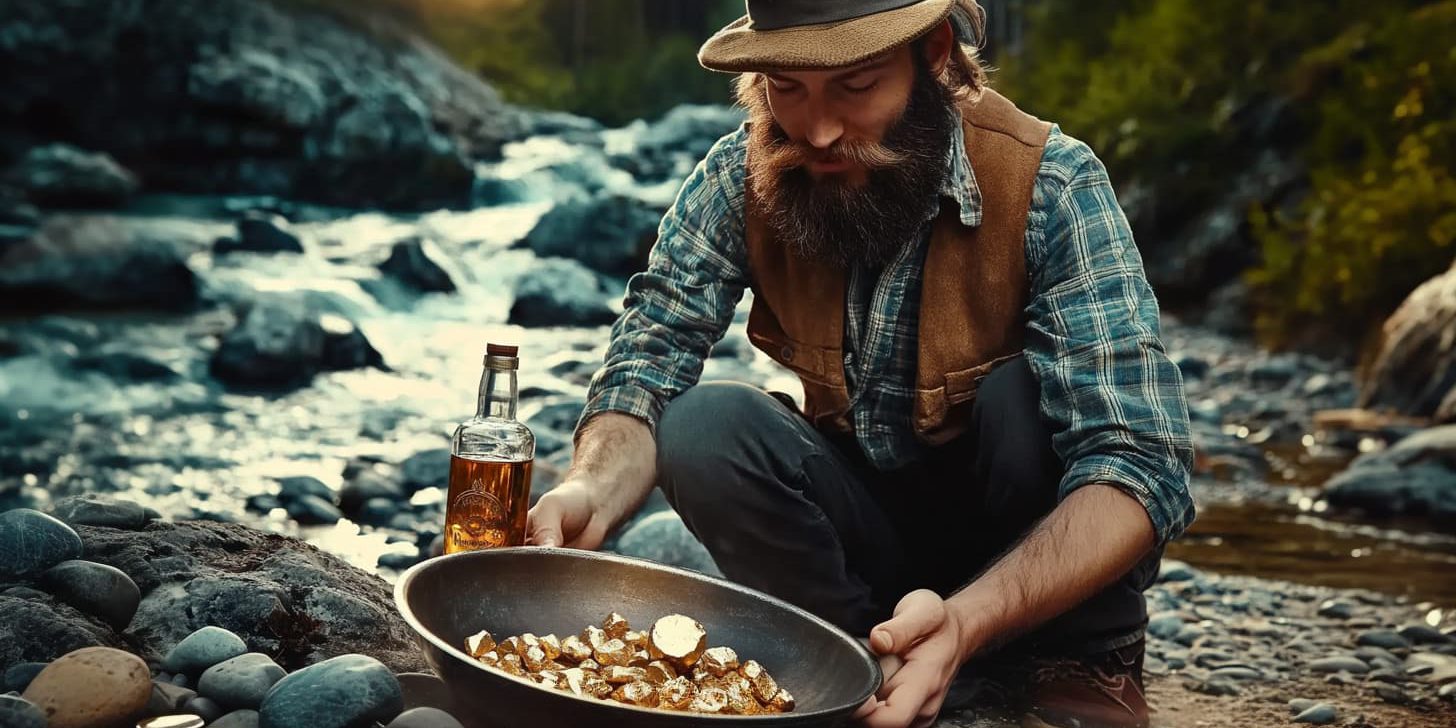The key to a successful business sales pipeline lies in understanding the individual stages of the sales process. Each stage represents a different phase of the buyer’s journey, and effectively managing each step can make the difference between closing a deal or losing a potential customer.
What are the sales stages of the Sales Pipeline?
-
Prospecting
The first step in any sales pipeline is finding leads, or potential buyers. For businesses this often means identifying customers that could be interested in purchasing your products in bulk.
- Finding Potential customers: identifying businesses, such as restaurants, distributors, and event planners that align with your product offerings.
- Market Segmentation: Understanding your market can help you identify the right businesses. Consider factors like location, type of business (restaurant, distributor, event planner), and their past buying behaviour.
Alcohol Distribution Companies
Australian Liquor Marketers (ALM) A major distributor in Australia, supplying a wide range of alcohol products to retailers and hospitality businesses.
Carlton & United Breweries (CUB) A leading brewery and distributor of beer, operating a vast network throughout Australia.
Dan Murphy’s One of Australia’s largest online alcohol retailers, offering a wide selection of wines, beers, and spirits for home delivery.
Republic National Distributing Company (RNDC) A major distributor of wines and spirits across the United States, known for its extensive portfolio.
Martignetti Companies A prominent distributor in the Northeast U.S., offering a variety of wines and spirits.
-
Qualifying Leads
Not every lead is worth pursuing. Qualifying leads means assessing whether the potential customer is a good fit for your business, based on their needs, budget, and decision-making ability.
- Assess the Lead: Ask questions like: Do they have the budget for your products? Are they the decision-maker? Are they ready to buy, or are they just exploring options?
- First Engagement: Your first communication (whether through email, phone, or in person) should aim to gather more information about the lead and gauge their interest.
-
Building Relationship through Trust and Engagement
Building strong relationships is crucial to both winning and maintaining business. Engage with potential clients in a way that demonstrates value and builds trust.
- Personalised Approach: Tailor your communication and product offerings to each lead’s needs.
- Sharing Your Story: Every business has a unique story. Share yours to create a personal connection and distinguish your brand from competitors.
- Following Up: Don’t let potential customers go cold. Consistent follow-up can make a big difference in keeping them engaged and interested in your products.
-
Presenting Your Products
Once you’ve built a relationship with the lead, it’s time to present your products in a way that meets their needs and makes them excited to buy.
- Product Presentation: Whether through a tasting event, a detailed product demonstration, or an engaging presentation, ensure that your approach is tailored to the specific preferences and needs of each business, highlighting how your offerings can add value to their operations.
- Past Customer Feedback: Use testimonials or case studies to build trust and show potential customers how your product has succeeded with similar businesses.
-
Closing the Deal by Finalising the Agreement
Closing the deal is where you convert a lead into a customer. This involves negotiating terms, addressing any last-minute objections, and formalising the agreement.
- Negotiating Terms: Be prepared to discuss pricing, delivery schedules, and other specifics to ensure the deal suits both parties.
- Handling Objections: Address any concerns the customer might have. For example, if they’re worried about delivery times, assure them of your reliable logistics process.
- Final Agreement: Make sure to get the agreement in writing, whether through a formal contract or a purchase order.
-
Post-Sale Follow-Up and Relationship Nurturing
The sales process doesn’t end when the deal is closed. Following up after the sale is crucial to maintaining a good relationship and encouraging future business.
- Customer Satisfaction: Check in with the client after the sale to ensure they are satisfied with the product and service.
- Loyalty Building: Keep in touch with your customers by offering exclusive deals or inviting them to special events.
- Upselling Opportunities: If the customer is happy with their purchase, they may be open to purchasing more products or services. Offer them tailored upselling opportunities.
- Requesting Feedback: Gather feedback on their experience to identify areas where you can improve and make future sales smoother.
Understanding and managing the sales stages is critical for all businesses looking to build long-term, successful relationships with their clients. By mastering each stage—from prospecting and qualifying leads to closing deals and nurturing relationships—you can maximise sales opportunities and build a loyal customer base. As you move through the sales pipeline, keep refining your approach to meet the needs of your B2B customers.






